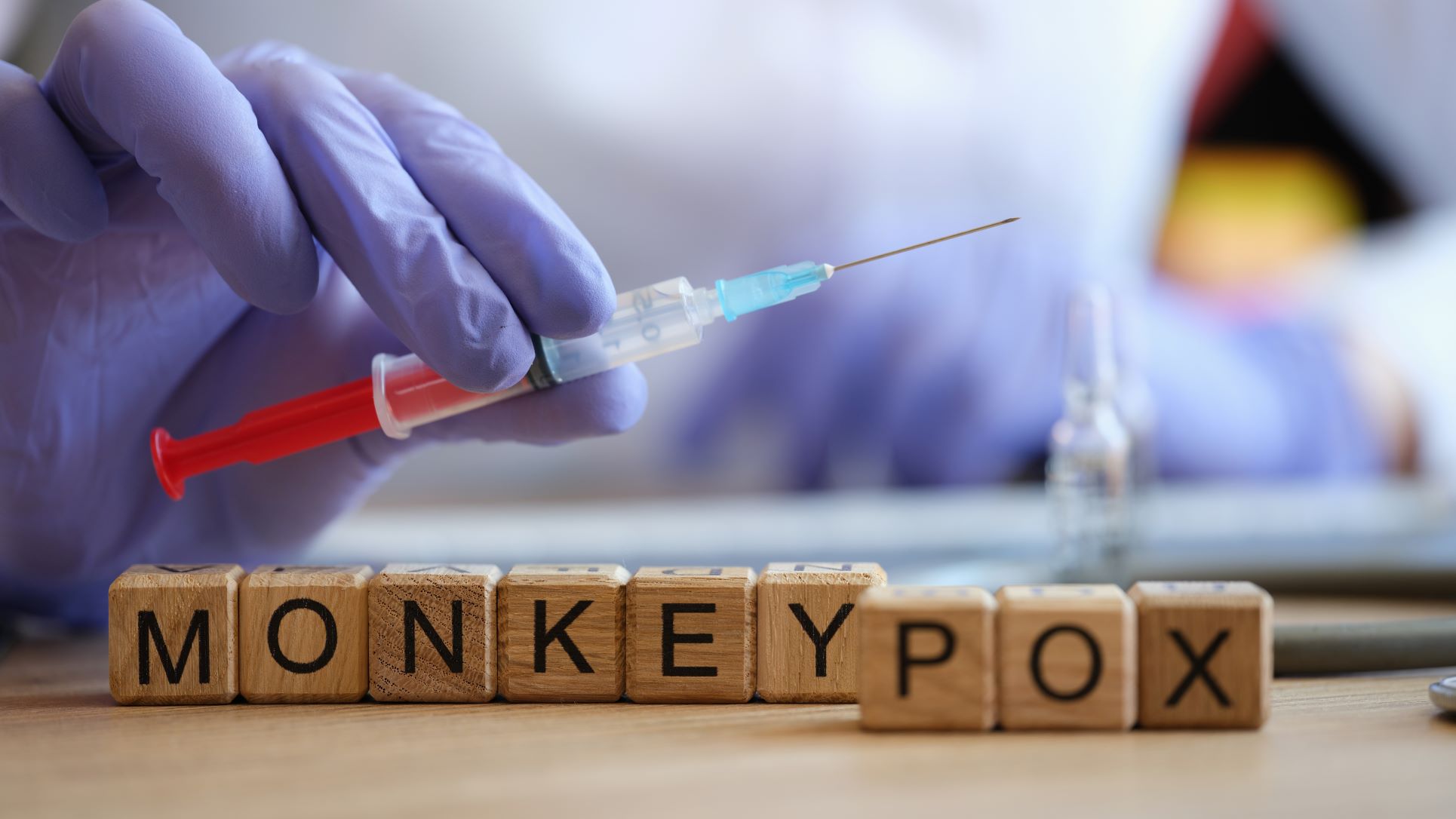We are hearing a lot about Monkeypox these days at ZupMed. So, we wanted to help share some information surrounding this topic.
What is Monkeypox?
Monkeypox is a disease caused by the monkeypox virus. It’s similar to smallpox and cowpox, but it is not related to chicken pox. Nor is it caused by monkeys. Scientists aren’t sure where it comes from, but one thing is certain, as of August 5, 2022, there are over 7,500 cases already in the United States.
Why is Monkeypox spreading so quickly?
Nobody can be sure why monkeypox has chosen this opportunity to spread across the globe, and nor are there any clear answers why the United States nor certain groups appear to have a disproportionately high number of cases. Although monkeypox was first discovered in the late 1950’s, outbreaks outside of Africa have been relatively rare, mainly because there was little to suggest human-to-human transmission.
Monkeypox is what is called a “zoonotic” disease, meaning that it typically resides in certain animal hosts like rodents and bats. (Nope, although the disease was discovered first in our primate friends, monkeys are not natural hosts.) True to most zoonotic diseases, it looks like a mutation (or series of mutations) could have occurred as early as 2017 that allowed the West African monkeypox virus to spread from human to human. Since then, the virus has mutated even further, including adding the ability to inhibit some human immune defenses, making it even easier to pass between human hosts.
How does Monkeypox present itself?
The greatest challenge with monkeypox is that symptoms may not show up for several days or even weeks after exposure. When it does show up, monkeypox presents with fever, fatigue, malaise, enlarged lymph nodes, and a rash. Those first symptoms should sound typical of any viral infection, but the rash is the interesting part. Monkeypox can produce pimples or blisters which are often described as “umbilicated” (think “umbilicus”, or belly button) because of a little dip or depression in the middle. Sometimes, the depression just looks like a dot on top of the blister. The rash is also not always widespread; it may be limited to only a few lesions or even just a single lesion.
One or more of these blisters might be mistaken for insect bites as from fleas or what we in the South call chiggers. Monkeypox, however, isn’t usually itchy. Instead, many patients describe the rash as painful, and it goes through different stages before healing completely. The severity depends on the extent of the disease which, of course, largely depends on the individual host’s immune system. Monkeypox can lead to other infections and respiratory problems like pneumonia and can be fatal. Most cases, however, will make a full recovery over 2-4 weeks.
How does Monkeypox spread?
Monkeypox appears to spread through penetration of the skin, the host’s natural (and very effective) “armor”. Bypassing that armor, by introducing the virus to unprotected surfaces like inside the mouth or anus, can lead to disease, as can any exposure to even microscopic wounds or tears in the skin. Monkeypox can also be spread through respiratory droplets.
Finally, monkeypox virus appears to survive (at least for some time) on common items like dishes, eating utensils, and even sheets and blankets.
Thus, the secret to avoiding the monkeypox virus is to avoid close contact with those who have it unless, of course, you have proper protection. Again, the challenge is that monkeypox symptoms may not develop until several weeks after exposure. Patients can be infectious days or even weeks before any symptoms appear.
Monkeypox Treatment
The vaccine to prevent smallpox is also effective against monkeypox, so there are two vaccines that are currently approved: JYNNEOS (also known as Imvamune or Imvanex), which is specifically approved for the prevention of Monkeypox virus infection, and ACAM2000, intended for use against smallpox and made available for use against monkeypox. In the United States, there is currently a limited supply of JYNNEOS, although more is expected. There is a larger supply of ACAM2000, but this vaccine should not be used in people who have certain health conditions, such as a weakened immune system or pregnancy.
As of this writing, vaccines are yet not available to the general public. Instead, a program of Post-Exposure Prophylaxis is designed to prevent serious disease among those individuals who may have been exposed and are considered higher-risk. Formal diagnosis of monkeypox takes several days, though, and that is after the development of the blisters and bumps allow clinical samples to be obtained.
That means that, at least for now, we can expect the virus to continue to spread.
How ZüpMed can help
If you are experiencing symptoms or have additional questions on Mokeypox, call ZupMed family medical practice in Memphis at 901-701-1010.
 Schedule Now
Schedule Now
